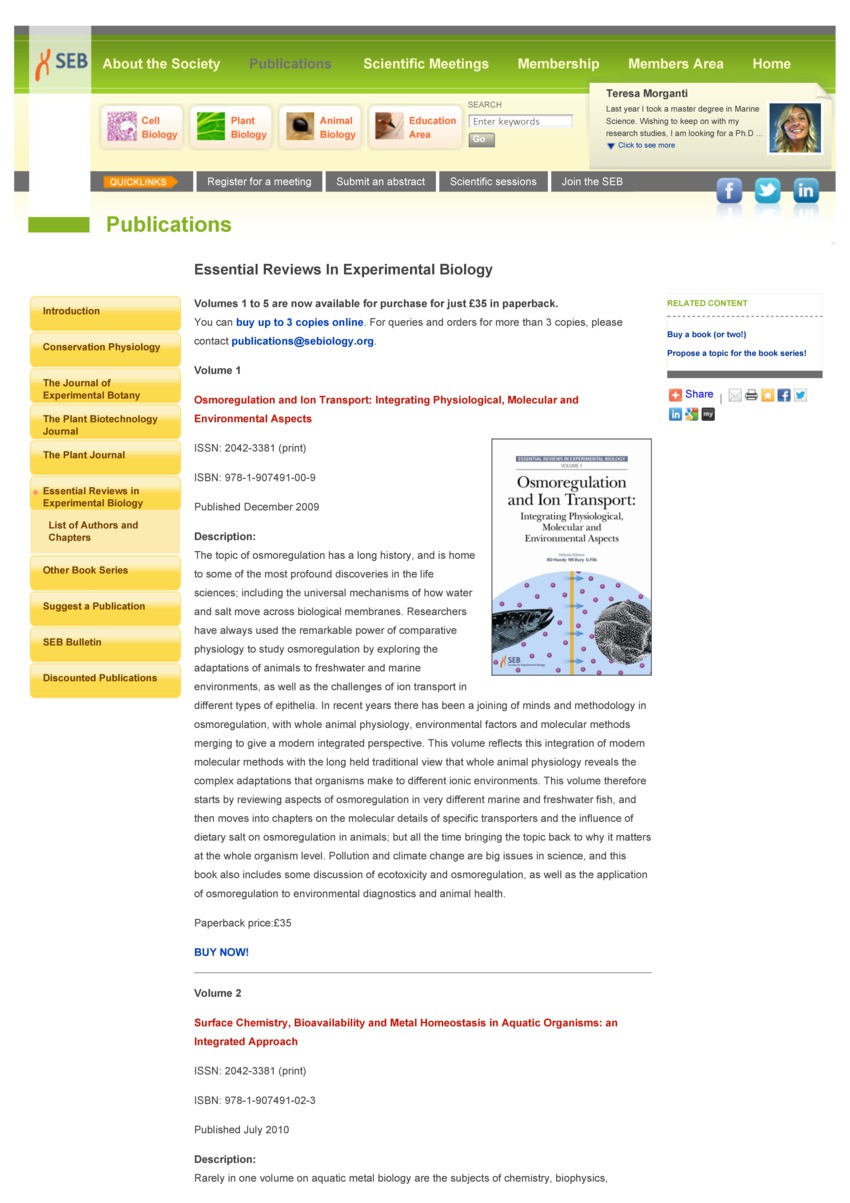Book
AccessEmerging Issues in Marine Metal Toxicity
Rarely in one volume on aquatic metal biology are the subjects of chemistry, biophysics, membrane biology and their application to ecotoxicology and aquaculture synthesised. The collection of chapters within this book achieves this by integrating key reviews on the processes determining metal bioavailability and toxicity. The topics covered include: aquatic metal speciation and biocolloid formation; interactions and transfer of metals across the mucous layers (biogels); characterisation of metal uptake processes; emerging issues concerning metals within the marine environment; nutrient metal bioavailability in feeds for aquaculture; the use of transcriptomic tools as markers of cadmium exposure; and the recent developments in the use of the biotic ligand model for predicting metal toxicity. An overarching theme in ecotoxiciology is to identify best practice to protect aquatic life against the potential harmful effects of pollutants. This volume contributes to this debate with an opening chapter that describes an interdisciplinary approach to link novel ideas in metal ecotoxicology for better environmental risk management. Such an approach encapsulated the ethos of the volume: to encourage researchers in metal biology to think outside of the box and to embrace new ideas from each other’s disciplines.
Publisher - Society for Experimental Biology
Subjects - Toxicity, Metal; Water, Marine
http://www.sebiology.org/publications/Book_Series.html
Citation: Bielmyer, G. K. and M. Grosell (2011). Emerging Issues in Marine Metal Toxicity. Surface Chemistry, Bioavailability and Metal Homeostasis in Aquatic Organisms: An Integrated Approach. N. Bury and R. Handy. London (England), Kings College: 129-158
